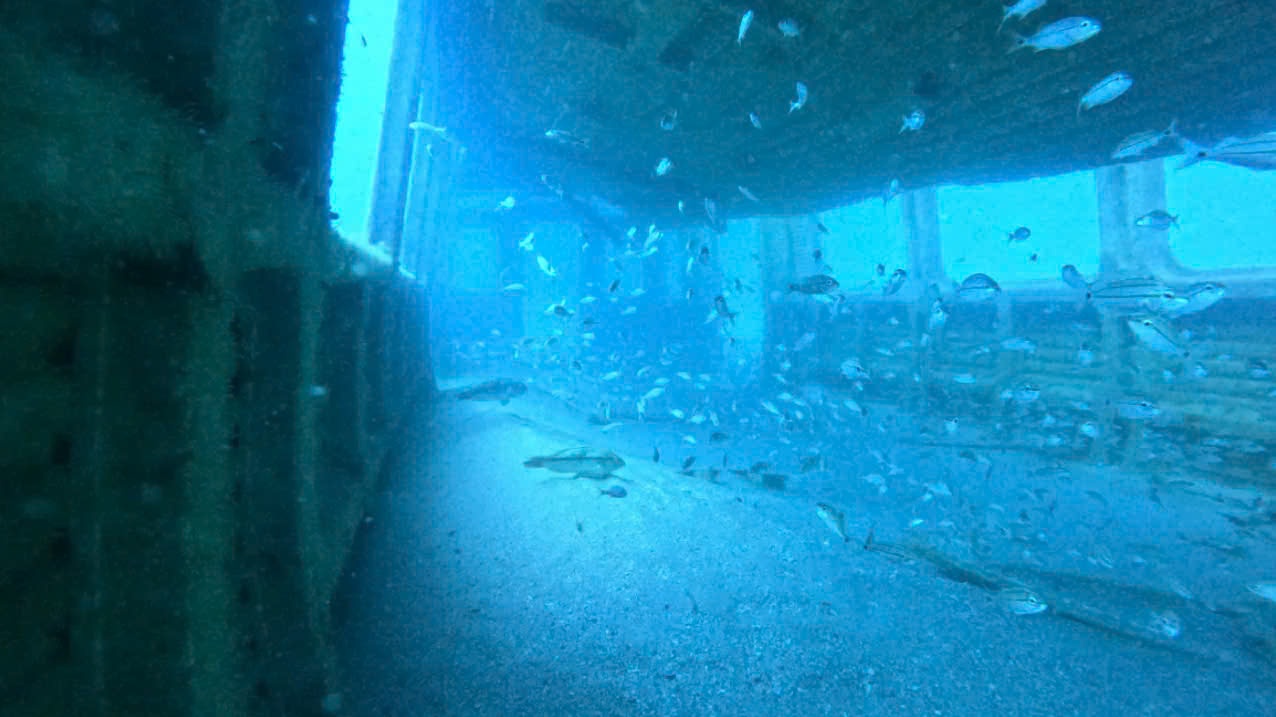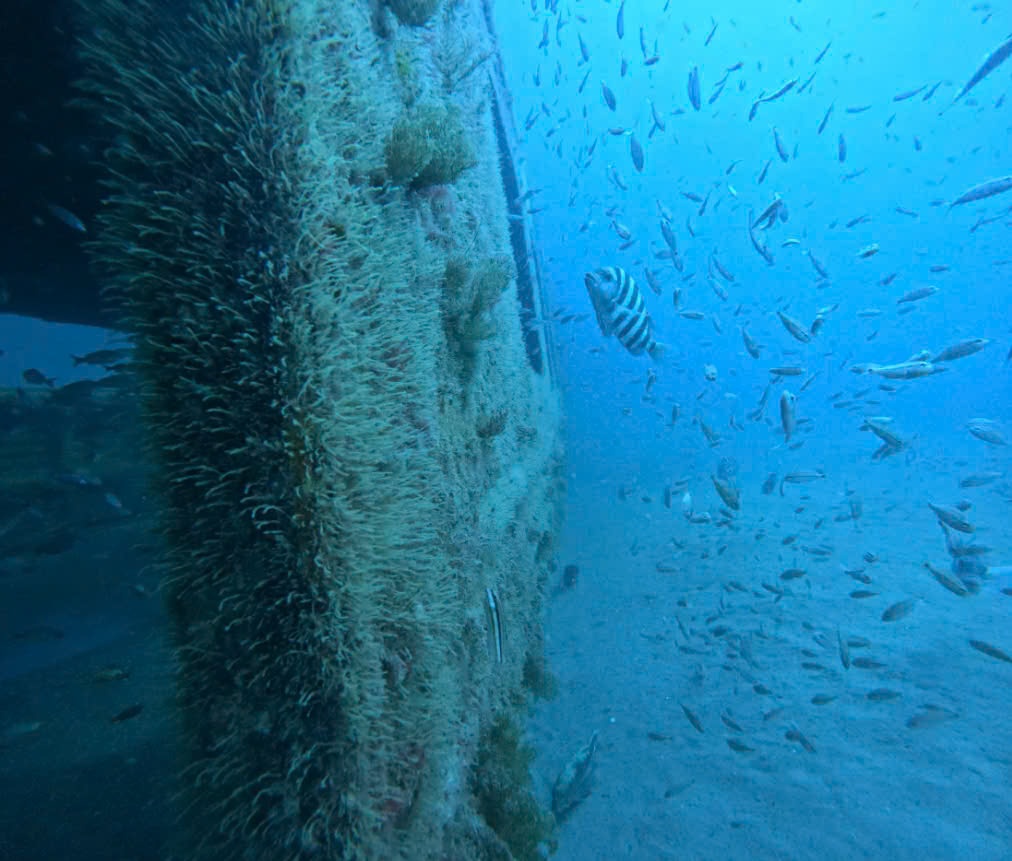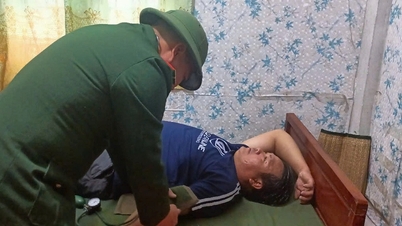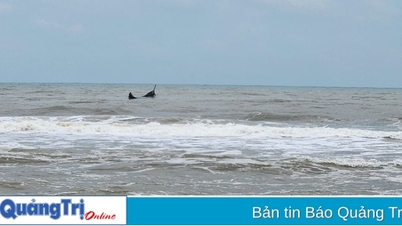Late last year, the Metropolitan Atlanta Rapid Transit Authority (MARTA) dumped two rail cars into the Georgia ocean as part of the Georgia Department of Natural Resources’ (DNR) Coral Reef Project, a coral reef and marine wildlife habitat development program. All hazardous materials were removed and inspected by the U.S. Coast Guard.

MARTA trains become safe havens for marine life under the ocean. Photo: MARTA
In August, the DNR Coastal Resources Department conducted its first dive to inspect the rail cars and found soft corals beginning to grow and at least nine species of predatory fish there.
“The artificial reef looks great and we are excited about the coral growth and marine life activity,” said Cameron Brinton, a marine biologist with the DNR Coastal Resources Department, according to a press release from MARTA.

Fish swim in a coral reef on a MARTA train in the Atlantic Ocean. Photo: MARTA
“You will see a train roof collapse and that is a normal phenomenon, but we will also see many changes to the trains as they become an essential part of the marine environment, including common fish and endangered sea turtles,” Brinton added.
Subway cars aren't the only things divers and anglers can find on the artificial reef. There's also a U.S. Army M-60 battle tank, barges, tugboats, and even a New York City subway car.
The reef was first developed in 1976 and is one of 32 offshore reef networks, according to MARTA. But the practice of placing artificial structures (made of concrete or other hard materials) to mimic coral reefs dates back centuries.
The DNR warns of dangers for divers who want to explore sunken shipwrecks "primarily to provide habitat for fisheries... The wreckage and other materials may become unstable over time and collapse."
According to the Georgia Department of Natural Resources, in the 1700s, Japanese fishermen also sank old ships and pushed them into local waters to improve fishing operations.
Ha Trang (according to CNN)
Source: https://www.congluan.vn/toa-tau-dien-ngam-bien-thanh-noi-tru-ngu-cua-cac-sinh-vat-bien-co-nguy-co-tuyet-chung-post312300.html





![[Photo] Prime Minister Pham Minh Chinh and Prime Minister of the Kingdom of Thailand Paetongtarn Shinawatra attend the Vietnam-Thailand Business Forum 2025](https://vphoto.vietnam.vn/thumb/1200x675/vietnam/resource/IMAGE/2025/5/16/1cdfce54d25c48a68ae6fb9204f2171a)


































![[Photo] President Luong Cuong receives Prime Minister of the Kingdom of Thailand Paetongtarn Shinawatra](https://vphoto.vietnam.vn/thumb/1200x675/vietnam/resource/IMAGE/2025/5/16/52c73b27198a4e12bd6a903d1c218846)


























































Comment (0)